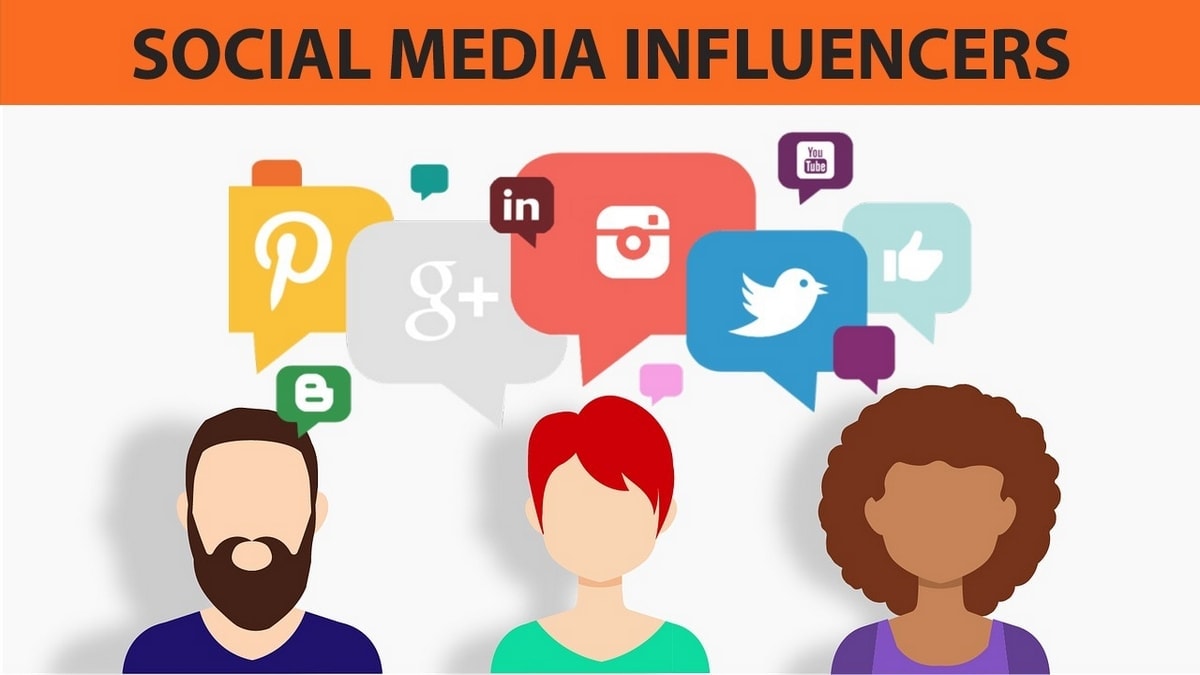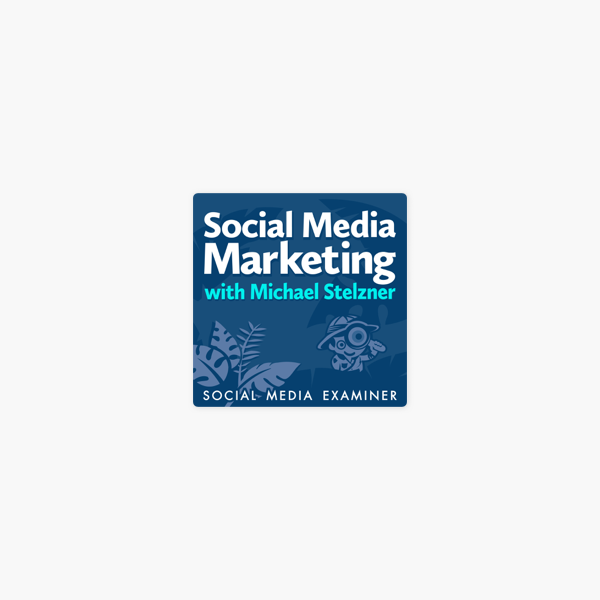
10 Marketing Strategies For the Beverage Industry - Green Seed Group
10 Marketing Strategies For The Beverage Industry
Given how lucrative the food and beverage industry is (967 billion in 2016 – estimated to rise to 1.6 trillion by 2025), it’s not surprising that many companies try to throw their new product into the hat and have success within it. For this to happen, a solid beverage marketing strategy is essential!
It is true that one of the key ingredients to having success in this cut-throat and highly competitive sector is to have something that tastes good and that customers will enjoy.
However, there is also a lot more involved to maintain success and get your product to the customers who you want to buy it.
Even if you are an accomplished and qualified chef, and know there is a market for your food and drink ideas, it doesn’t necessarily mean you will have immediate success with your project (or even at all!).
You need to try different marketing strategies to find the one that works best for your brand and product, so that you can carve space in this busy market for your new drink.
Find the strategies that help with brand positioning so that consumers are aware of your company, its offerings and then take the opportunities to try them.
If you are struggling as to which direction you should take your marketing strategy or need some fresh ideas for your beverage business, this post is written with you in mind.
Within, we will highlight ten potent food and beverage industry marketing strategies that will help you to build a loyal and strong customer base for your beverage and increase your sales and profits.
Product Packaging
While these steps are not really in any specific order, but if they were, product packaging would still be close to the top as one of the most important.
Yes, how your beverage tastes is most important in the end, but if you are targeting new customers who have never tasted it before, people will base their decision to buy it and try it or not on the packaging.
That is why you must pay close attention to several aspects of the product packaging, including:
- How your drink product is packaged, its colour and the design
- The design of your brand logo and how the brand logo is presented
Remember, that you want something that is appealing and that makes your target audience and potential customers pick your product out from the others.
Brand Positioning
As we noted above, this is another that could easily have come first in our list.
If you want to take advantage of the opportunity you have to reach as many customers as you can, you need to do your best to design a strong brand image and then position it so it takes up a permanent place in consumer’s minds.
Think about the following:
- Have you identified your target audience and where customers are located?
- Have you made use of enough of the necessary resources to ensure customers are aware that your product exists?
- Are you focusing on a small section of the market or are you targeting the whole market in general?
To make any effective moves in the industry, you need to understand your brand, who it is designed for and who it will appeal to and what customers like and are interested in.
This is the cornerstone of beverage marketing.
Make The Most Of Your Unique Selling Point
When you are trying to secure investors for your beverage brand, you need to understand that the one thing people are looking for more than anything else is your product or brand’s unique selling point.
This is also what consumers will be interested in. This is the thing that makes yours stand out from other similar beverages on the market.
Pick out any hugely successful brand in the food and beverage industry and you will be able to identify their USP.
This is what you want consumers to do with your products.
Social Media Marketing
It would be foolish in our guide to effective marketing strategies for your drinks product if we did not take the time to mention how vital it is to make the most of social media marketing.
It is such a good and direct way of having useful communication with your existing and potential customers. It can get them involved in your brand story from the very beginning.
To successfully reach your target market, you need to go where people go and most customers these days have a smartphone or internet connection and accounts on one or commonly, more social media platforms.
When it comes to the food and beverage industry, the most prolific platform is without a doubt is Instagram.
The users love clicking on images of things that are nice to eat and drink.
When you post on Instagram, you not only have the chance to encourage your followers and potential customers to try your products but if customers have tried it or like the look of it, they are more likely to share the images, tag their friends and help to promote them.
When done correctly, social media, therefore, can be used as a way to enjoy some hassle-free promotion.
Blogging
Blogging, and even vlogging is important for businesses and brands operating in just about any industry.
Within the food and beverage industry, this marketing strategy can be implemented by writing and publishing a blog on your official company or brand website.
This content can be an article, information, news, pricing updates or all of the above. You can also use it as a way for your consumers to interact with any topics to do with your brand.
You also have the ability to use different content elements besides just words. Media like video and audio podcasts have become very popular with consumers who all consume information in different ways.
For example, if you have a packaging redesign coming up, you can have your consumers vote and give feedback on the designs.
This not only provides valuable information to you but also makes the consumer feel more invested in your brand.
The next step is to share the content on your social media accounts as part of the marketing strategies you are using there, to achieve even better and greater exposure.
So, whenever you publish a new blog post, you can promote it and share it on Twitter, Facebook, Instagram or whatever platform you are using, so that your followers on those platforms are aware of it and may even click the link, bringing traffic to your site.
You can also use blogging by partnering with influencers and food bloggers who have huge followings, by asking them to write something about your product or to even write or produce a video review and publish it on their sites.
This is another great way to easily reach more customers more quickly.
Email Marketing
With the emphasis often on modern marketing strategies as those mentioned above like using social media and influencers, more conventional marketing strategies are often forgotten about like email marketing.
It is still having its uses, particularly in the food and beverage industry as you can use it as a way of gathering emails and contact details for existing and prospective customers.
Once you have a list, it opens a world of exciting opportunities. You can then use that list to focus your blogging and social media marketing strategies towards those on your email list.
As existing customers have already shown an interest in your brand and products, they are more likely to open and read your emails.
Furthermore, you can also send them other emails outlining new products when they are about to launch, special offers and deals, events, and anything else you want to communicate that will keep them informed and in the know about developments in your company.
Seasonal Deals And Special Offers
Following on from the last point, another great marketing strategy is to offer deals and special offers on your products.
Everyone likes to feel like they are getting a bargain, especially when it comes to their favourite food and beverage brands.
You could align your offerings with specific parts of the year and seasonal celebrations to get the maximum interest, especially if you have a particular variation of your product pertinent to those celebrations.
This can be used in conjunction or separately with the following marketing strategy.
PR Via Hosting Special Events
One way to draw a lot of attention and PR to your drinks brand and products is by participating in local and national events, such as food and drink festivals, music festivals and trade shows.
Remember, you want to go where your target audience is going to be.
If you have a beer or an alcoholic beverage, for instance, you want to promote it where people who are likely to enjoy it are going to be, such as at live music events and local food and drink shows.
You can develop something special for an event or make discounts available.
You can advertise participation in these events on your social media platforms and tie-in with the official accounts and pages for the events to increase traffic to your pages and interest in your products.
Partner With Other Successful Brands
Another easy way to build customer loyalty in your offerings is by partnering or associating with existing brands that already have a strong customer base.
Take the collaboration between McDonald’s and Coca-Cola as a sterling example of this in action.
You don’t even need to go to such extreme lengths, as you can simply highlight their brand or feature their logo in your marketing campaigns.
Don’t Be Afraid To Re-Evaluate And Re-Invent Your Brand
Prince did it, David Bowie did it, Madonna did it and even more recently, Lady Gaga did it. They constantly evolved and reinvented themselves.
Companies like Kellogg’s and others like them have done it over the years to great success.
For beverage examples, look no further than the two market leaders – Coca Cola and Pepsi – who have evolved their packaging a number of times over the years with continued growth in their brands.
Don’t get too comfortable, and regularly evaluate how successful your brand is and whether a change of logo or another part of your marketing strategy could be changed to gain more traction.










